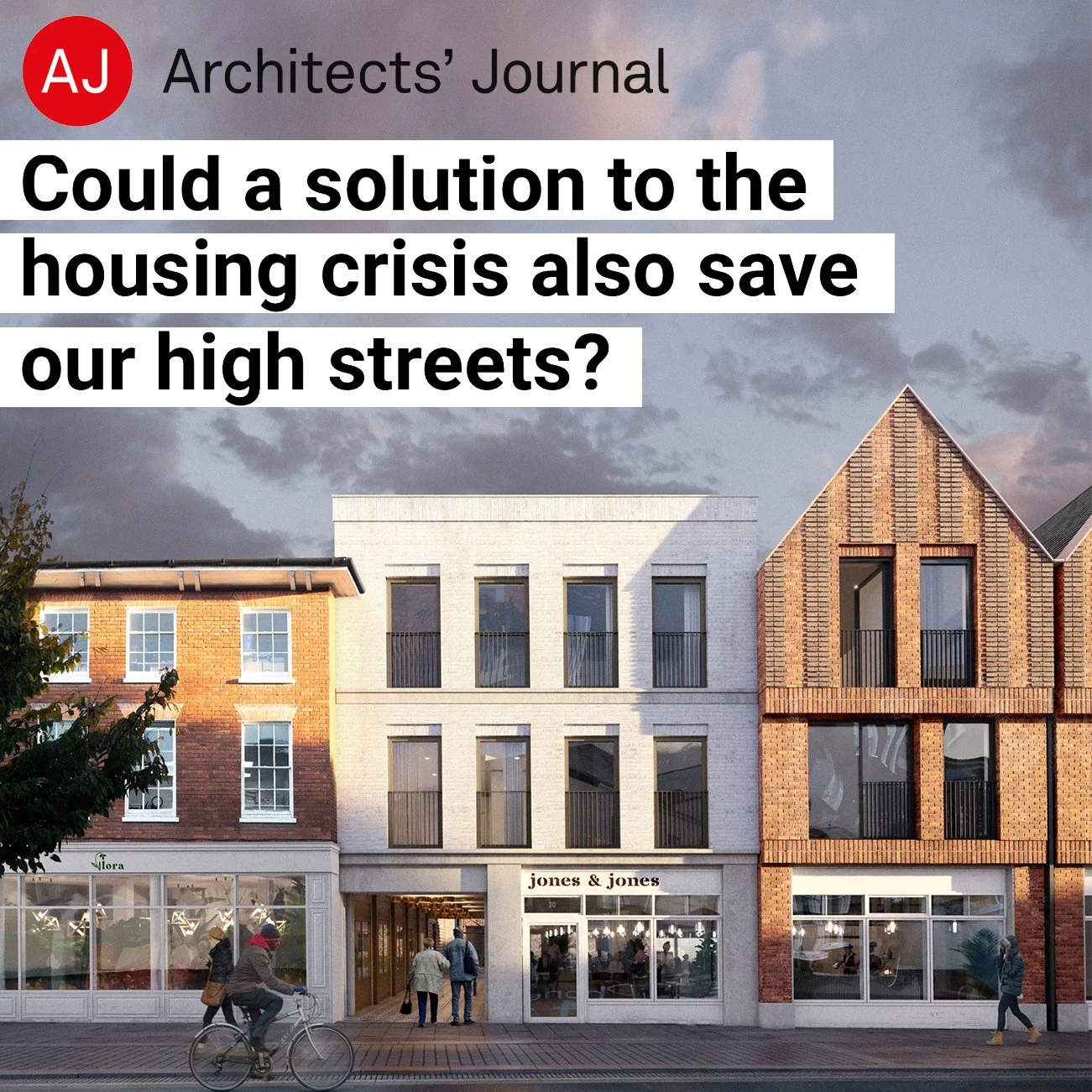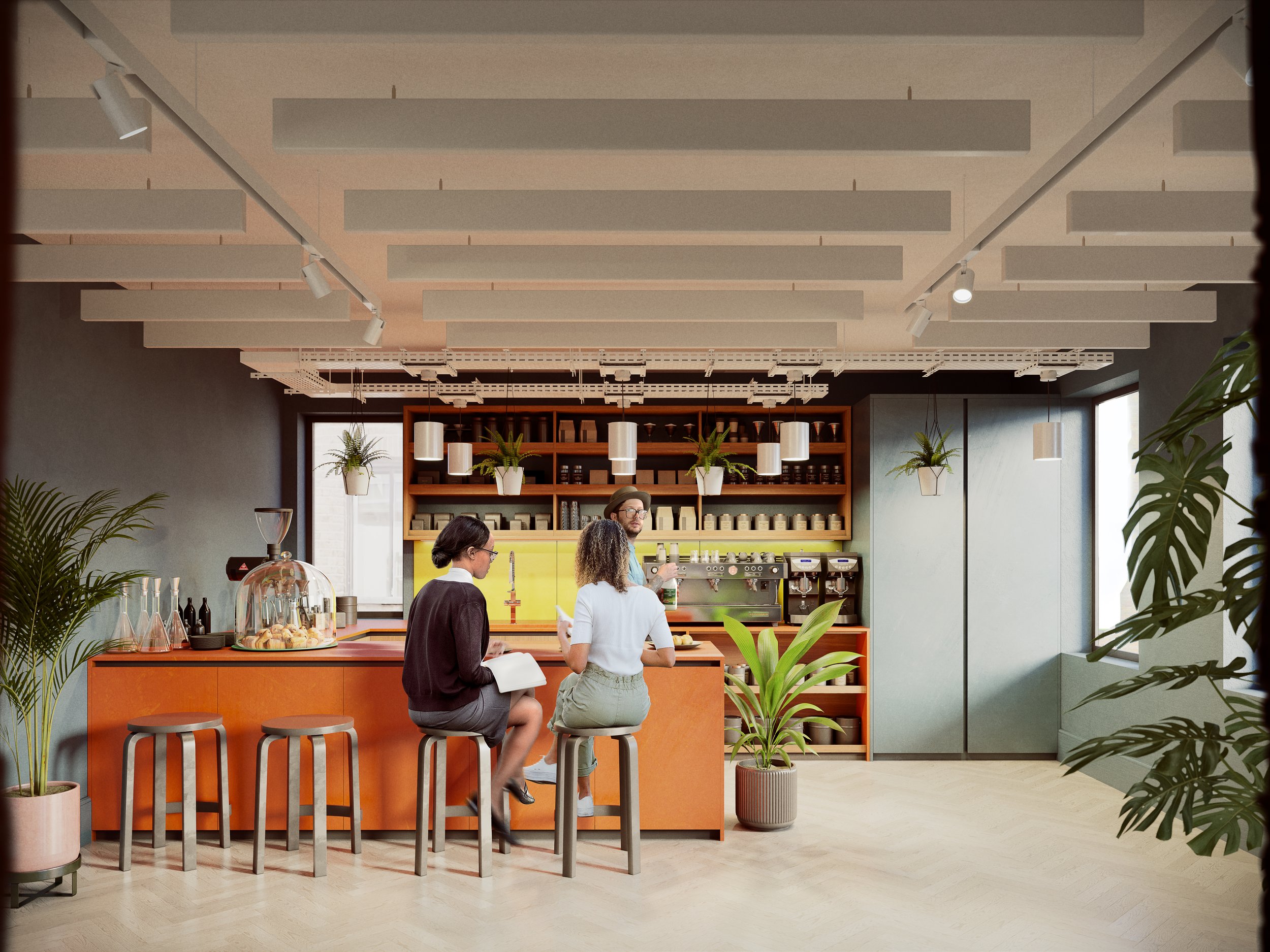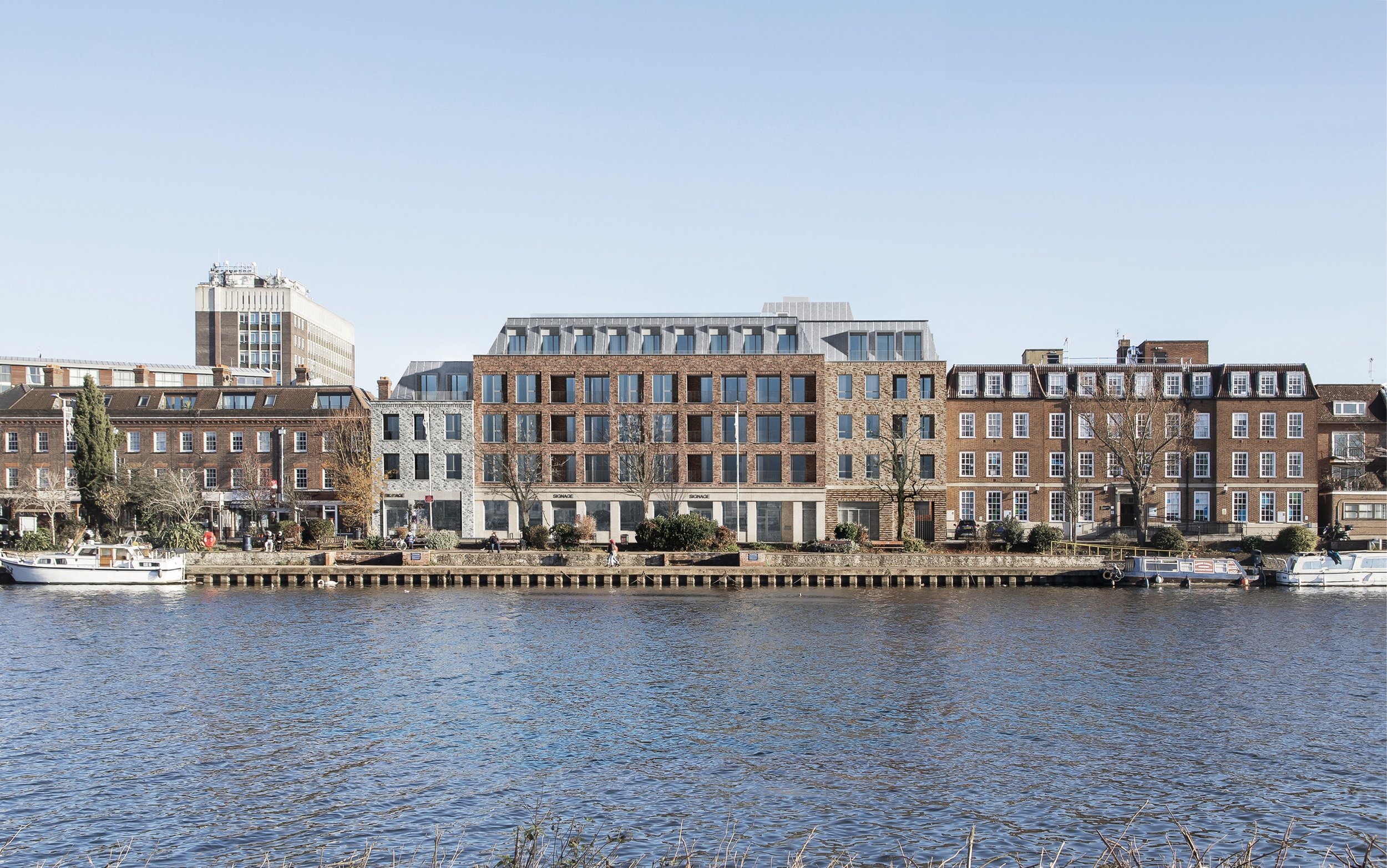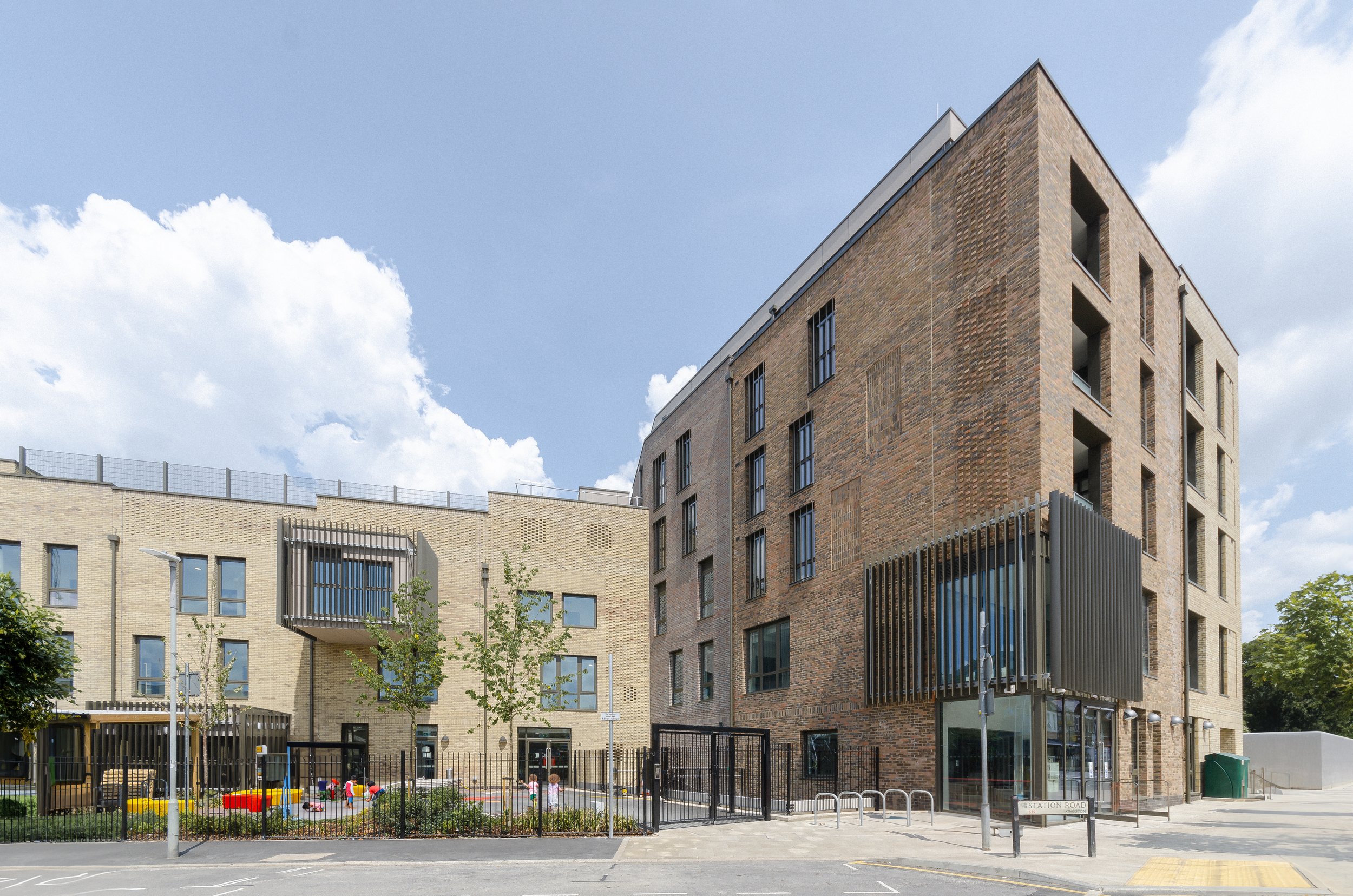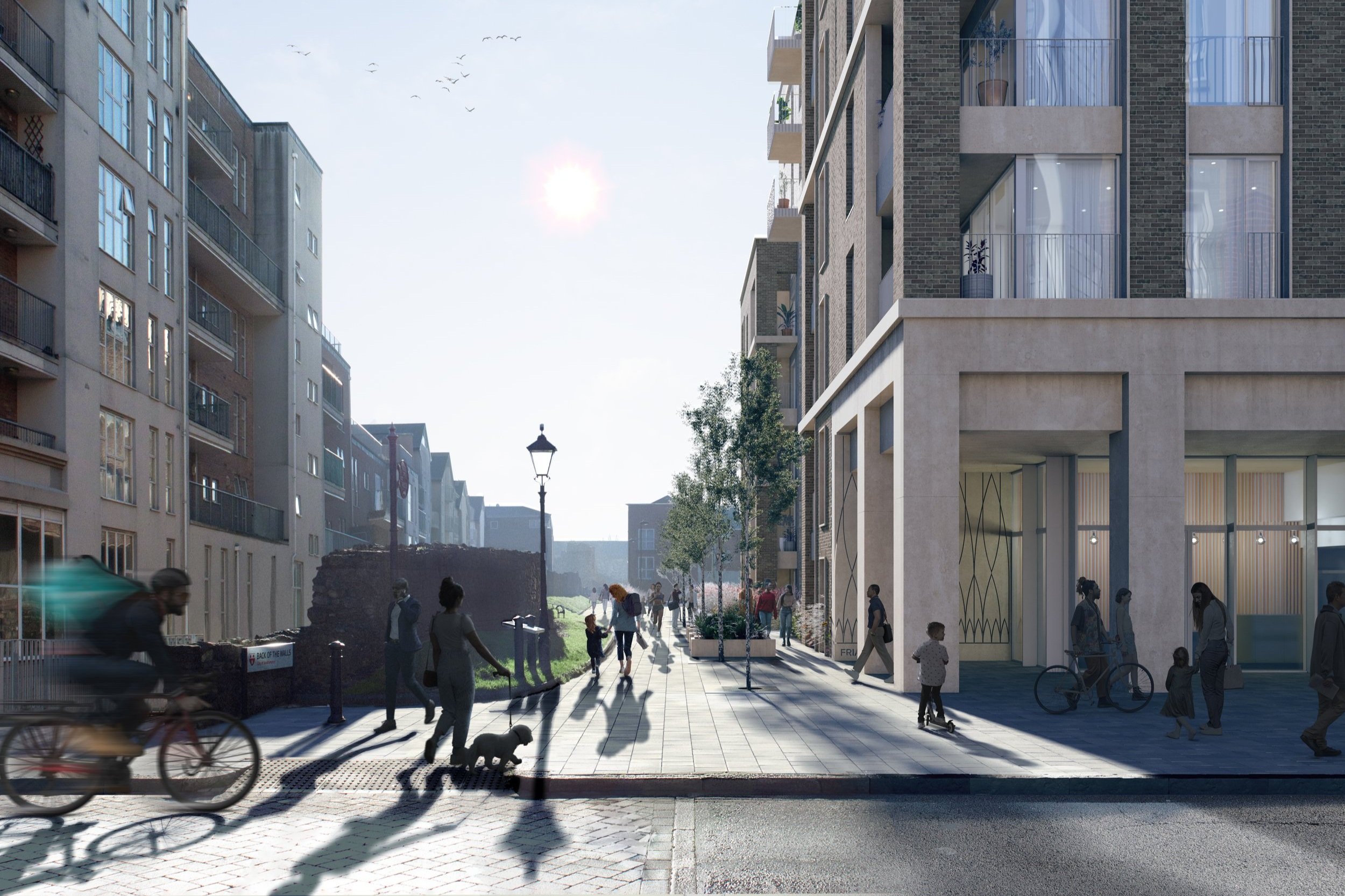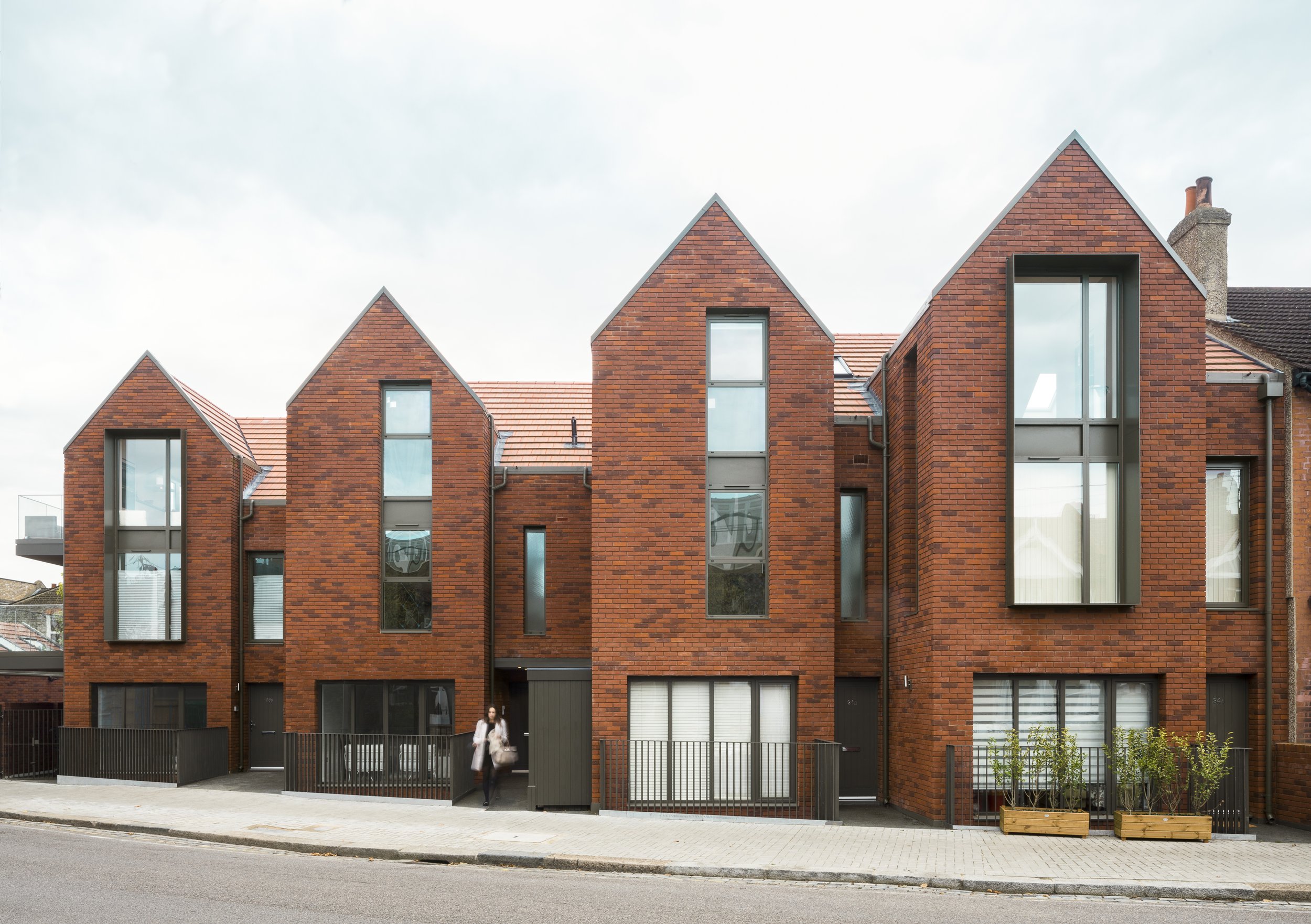We could provide 1,000s of homes in vacant use class E floorspace
We all know our town centres and high streets have suffered in recent years. The Covid pandemic was the last nail in the coffin. Many areas of the UK have struggled to get back to pre-pandemic footfall levels. Big high street names and department stores seem to close monthly.
This is a complex problem, and not all high streets have the same issues. This makes it even more difficult to learn from those town centres that are still performing, albeit not as well as they should be.
An imbalance of use classes, combined with out-of-date planning policies, are making change hard, preventing innovation in response to changing market forces.
From our experience, the majority of high streets we’ve looked at are too heavily focused on retail. Oversized retail units with mothballed upper floors reflect a very different time, when town centre shopping was booming.
Today most high street businesses only really want the first 6m of a commercial unit. The rest of the plot is just a burden on the business occupying it, creating unnecessarily high rents and business rates while not contributing to the active frontage of the high street itself.
Unfortunately for high streets, our shopping habits have also changed. This can be largely traced back to the time of the first smart phone, making trips to the high street all but redundant these days. Those high street retailers that are left are struggling to justify the large rents against online alternative business models.
So how do we design and build resilience into our high streets for the long-term future?
The concept of a 20-minute neighbourhood, born during Covid, is straightforward: a neighbourhood where people can meet the majority of their daily needs within reasonable distance of their home by walking or cycling. The idea is to promote more sustainable travel, reduce private car usage and encourage people to return to a way of life that sees basic needs met locally.
The 20-minute neighbourhood concept is no bad thing when considering housing development trends of the past: suburban, edge-of-settlement developments without sustainable access to local amenities, solely reliant on motor vehicles. Town centres were characterised by large car parks for people driving from the suburbs to the town centre for one or two days a week.
What if the town centre were to become a ‘local living centre’ – a sustainable community with enough people to support a local economy of shops, cafés and restaurants? In many ways the solution is simple – our high streets need people living in them.
The solution is simple – our high streets need people living in them
A critical mass of people is required to self-sustain a local economy. The size of the high street will largely dictate the quantum of housing required to make it financially viable. Re-densifying our town centres with new homes might not only save our high streets but it might also help us meet housing targets without developing precious green belt land.
Even in low-rise historic town centres we could provide hundreds, perhaps thousands, of new homes through simple upper-floor conversions of vacant use class E floorspace, or through new low-rise, high-density residential developments. Town centres will need to evolve, too, to meet the needs of the new local residents. They need to become a lot more than typical 10am-4pm retail hubs. They will need to provide all necessary amenities that a 20-minute neighbourhood will require: restaurants, coffee shops, doctors, places to work and places to learn.
The difficultly with building new homes in our town centres is convincing the public of the UK that living in them is a good idea.
Since the introduction of suburban housing everyone has it drummed into them at an early age of their lives that conforming to the suburban housing dream is a measure of success. High-quality apartments in buildings with great shared amenities such as co-working lounge areas and maintenance-free communal terraces should be the desire of young people.
If you look at most of Europe, the urban population – young people, families and the older population – predominantly live together in apartment blocks with a considerably higher density of dwelling per hectare than our suburban housing.
The sustainable densification of our town centres is something we are going to have to embrace as a country if we are to get anywhere near the housing targets currently set let alone thinking in the longer term for future generations. There is a much larger debate to be had around how mixing ageing people and young families in single developments fosters more integrated and happier communities, rather than in the segregated housing typologies which dominate the UK market. But the main point is that densification is critical to the successful and sustainable future of our town centres.
At Architecture Initiative we optimise and promote the reinvention of brownfield sites, particularly those where there is an opportunity to provide public benefits such as education facilities, sports and play areas, urban greening, alongside high-quality affordable housing.
Our design solution recently approved at committee in Wokingham could be an important turning point for the future of their high street (see above). Local council officers and councillors recognised that fundamental change is required to ensure long term prosperity of the town centre.
The scheme at 19-21 Market Place, Wokingham, rebalances high street use classes, challenging retail policy and providing much needed new homes in the town centre. At the heart of the scheme is a new public square linking to the historic high street with a new shopping arcade.
The architectural approach is modern but contextual to sensitively knit into the historic medieval town whilst doubling the residential density previously achieved in Wokingham town centre. The hundreds of new residents will help to support an 18-hour economy in the historic town centre.
The significantly reduced size commercial units finally have affordable rents attracting new businesses to the area injecting life back into the high street.
Lee Mainwaring - Founding Partner and Design Director at Architecture Initiative

